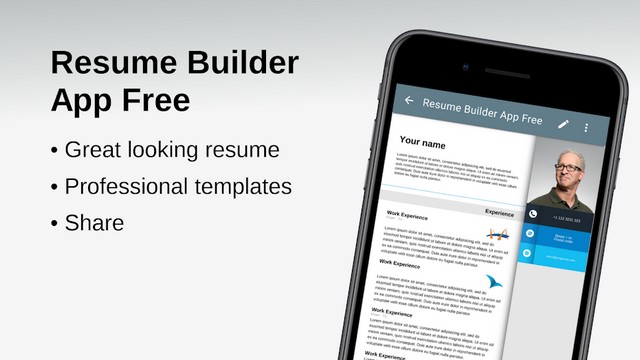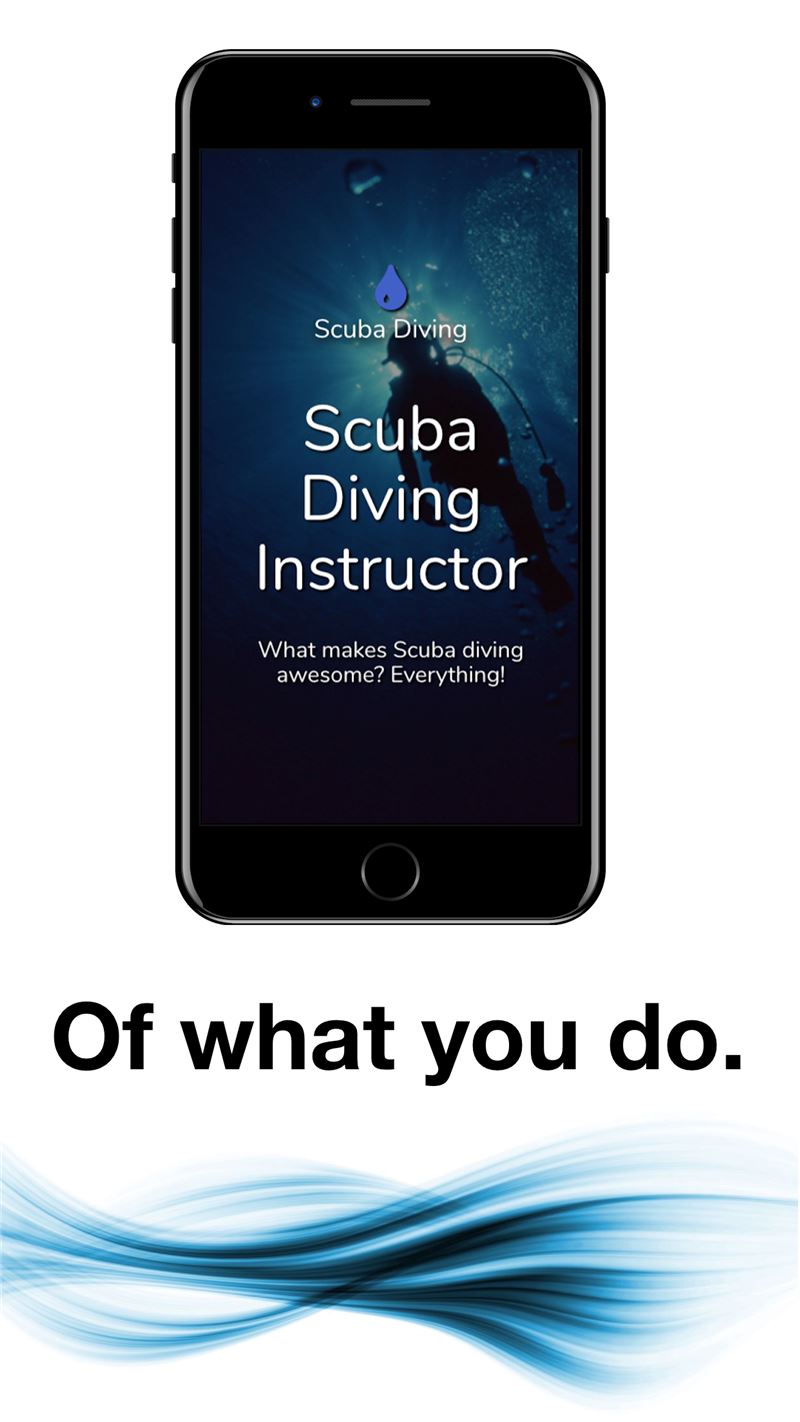

Many app builders will guide you through this process, while some are still adapting: either way, what it does mean is that you are responsible for the content on the app, which will have your name listed as a publisher.īesides that little change in rules (which Android has not replicated) advantages to templated apps are obvious: someone with no coding experience can use the app maker to design and launch a functioning application in very little time, keeping full control of the creative process, without paying for an entire development cycle.

This means you, the app owner, will have to create a publisher account and publish the app yourself, as well as paying the publishing fees ($99/year to open the account, though these were included in some of the app builders below anyway).

These services should not submit apps on behalf of their clients and should offer tools that let their clients create customized, innovative apps that provide unique customer experiences. Apple’s rules currently read:Ĥ.2.6 Apps created from a commercialized template or app generation service will be rejected unless they are submitted directly by the provider of the app’s content. That was the time when, compared with today’s mobile app standard, iOS apps functionality was really limited and app makers were deemed as the best alternative for businesses who didn’t have a budget to hire an app development company.Ī word of caution however: in December 2017, Apple banned apps made from templates from the App Store, only to swiftly backtrack two weeks later when it realised the havoc the decision was wreaking on smaller businesses which don’t have the budget for a fully customised app. One of the first commercially available app builders on the market was Shoutem, which was launched back in 2010, two years after Apple launched its App Store. Some even go as far as trawling a pre-existing website to import content directly on to the mobile application once your app is made. Meanwhile, the app making software “codes” the resulting application in the background, ready for review and publication. This is where app builders, or otherwise called app makers, come in.Īpplying the philosophy championed by blogging platforms such as WordPress years ago, app makers allow non-coders to design their application with visual interfaces, like in ShoutEm’s case, dragging and dropping pre-coded elements and selecting themes, color schemes and designs. With the burgeoning app market, creating a mobile application might be the next big step in expanding your business and gaining the most effective app marketing channel, but you are not an app maker and have no experience in app programming software and design – how do you go about making an application? Your options are – you could hire an in-house developer, or an external company, to build your app but perhaps you are a start-up and can’t face the costs of full-blown app development.


 0 kommentar(er)
0 kommentar(er)
